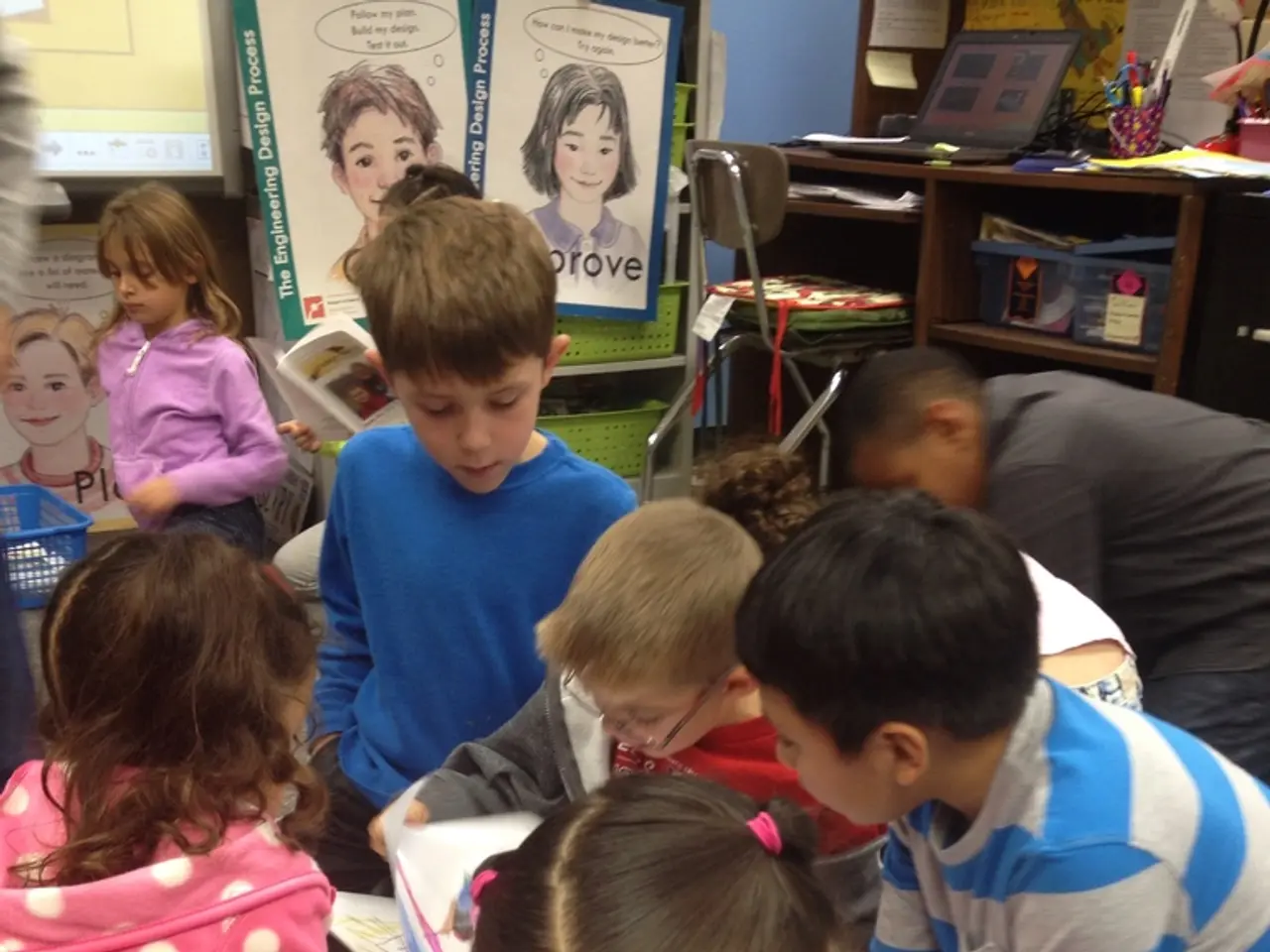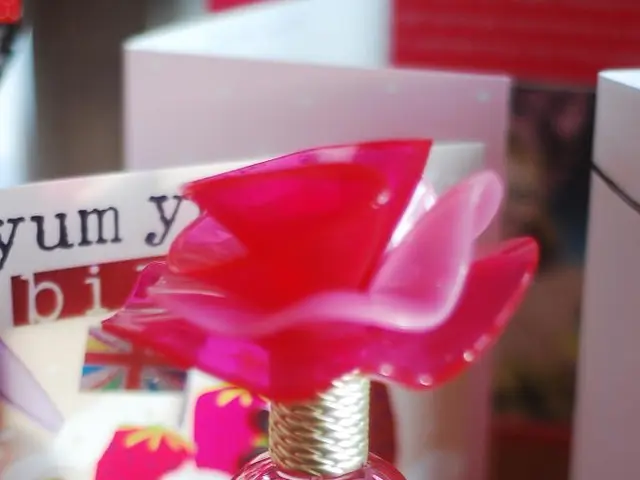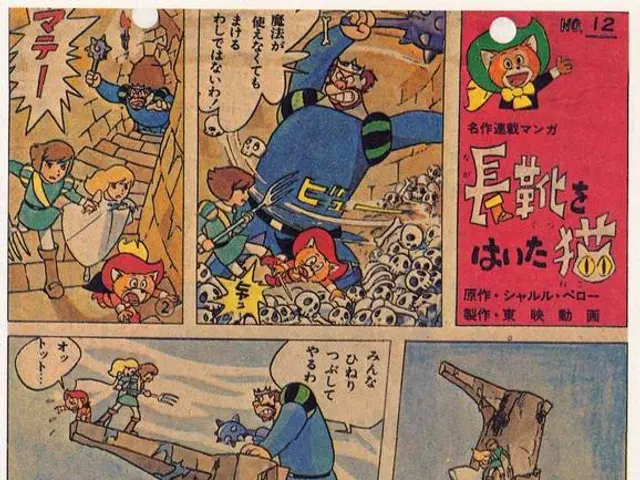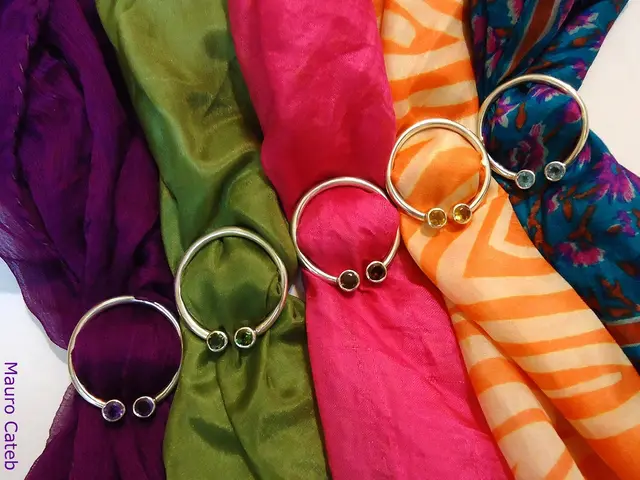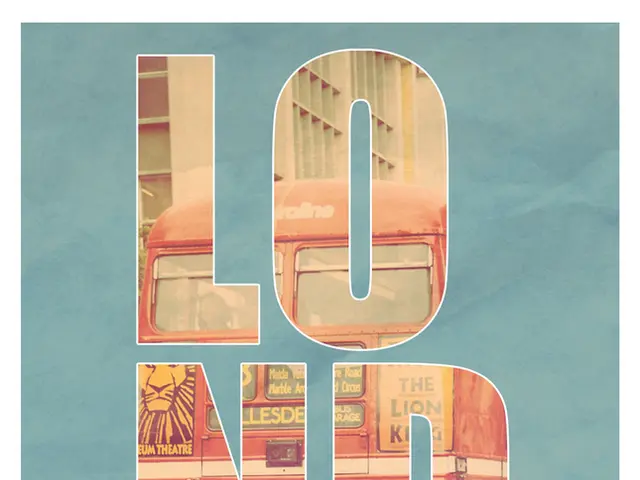Investigating children's education via mishaps at the Children's Museum
In a world where perfection is often sought, a new approach to learning is gaining traction: productive failure. This concept, championed by scholars like Carol Dweck and Manu Kapur, suggests that embracing mistakes as part of the learning journey can lead to significant cognitive development in children.
At the heart of this approach lies the understanding that failure is not a flaw in learning, but a feature that can lead to valuable discoveries. Mistakes are viewed as moments of learning, opportunities to revise, adapt, and grow. This shift in perspective is transforming the way educators, parents, and designers approach education, moving away from a focus on protecting children from every fall, towards creating safe and supportive environments that allow them to rise stronger from their mistakes.
Children's museums are leading this revolution. These multisensory, hands-on learning spaces are designed to support learning through various stages and styles of development. They provide a low-risk, high-choice environment where mistakes are celebrated as a key ingredient in learning. Exhibits like Kinetic Jams, Ball Ramps, and Domino Drop encourage experimentation, false starts, and repeated attempts, fostering critical thinking, problem-solving skills, and resilience.
The Aerodynamic Channel exhibit, for instance, helps children learn physics principles firsthand through feedback from failure. By adjusting and tweaking their creations, children gain a deeper understanding of the principles at work. Similarly, the Cause and Effect exhibit helps children problem-solve, revise, and adapt by building complex reaction chains.
But the benefits of productive failure extend beyond the museum. Parents and caregivers can encourage healthy risk-taking and learning from failures at home by valuing the process over the product, asking reflective questions, sharing their own mistakes, and creating time and space for open-ended play.
Research shows that grit and perseverance, traits that develop early in life through difficult learning experiences, are among the strongest predictors of adult success. Mistakes, when followed by reflection and feedback, activate the anterior cingulate cortex of the brain, a region associated with attention and error detection. This activation fosters metacognitive abilities and emotional resilience, preparing children for the challenges of adulthood.
One parent shared a heartwarming story of their son who spent 20 minutes adjusting a ramp to make a ball hit a bell. His joy upon success was palpable, a testament to the power of productive failure in fostering perseverance and a love for learning.
In early childhood, learning through failure helps in developing executive functions like working memory, inhibitory control, and cognitive flexibility. These skills are crucial for navigating the complexities of life, both in childhood and adulthood.
The Children's Museum designs exhibits with built-in opportunities for trial, error, and revision. By creating an environment where failure is not feared, but embraced, they are fostering a love for learning, resilience, and innovation in the next generation.
In conclusion, productive failure plays a significant role in cognitive development by fostering critical thinking, problem-solving skills, and resilience. By embracing mistakes as part of the learning journey, we can help children become more adaptable, innovative, and resilient, preparing them for the challenges of the future.
In this transformative learning approach, children's museums serve as beacons, providing a safe and supportive environment that celebrates mistakes as a key element in learning. Parents, too, can cultivate productive failure at home, nurturing their children's resilience and love for learning by encouraging healthy risk-taking and valuing the process over the product.
By designing exhibits that offer opportunities for trial, error, and revision, children's museums foster not only cognitive development but also the crucial life skills of critical thinking, problem-solving, and perseverance, preparing the next generation to meet the challenges of the future with resilience and innovation.
